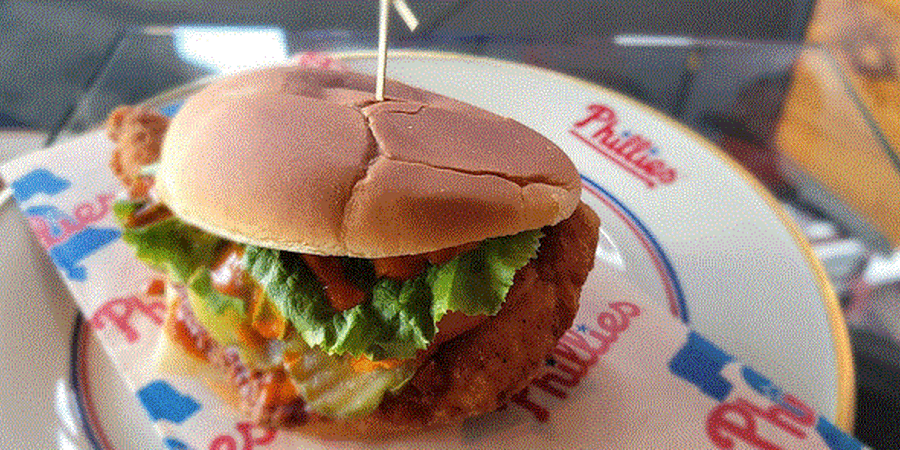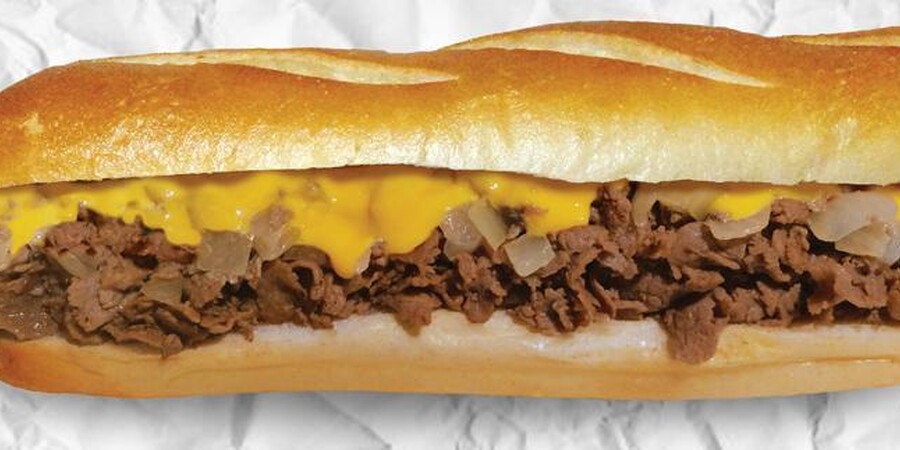When Were the Philadelphia Phillies Established?
![]() Philadelphia, a city with a passionate sports identity, has a deep-rooted connection to its baseball team, the Phillies. For generations, the red pinstripes have been a staple of summer in the City of Brotherly Love. But how far back does this storied franchise's history truly go?
Philadelphia, a city with a passionate sports identity, has a deep-rooted connection to its baseball team, the Phillies. For generations, the red pinstripes have been a staple of summer in the City of Brotherly Love. But how far back does this storied franchise's history truly go?








